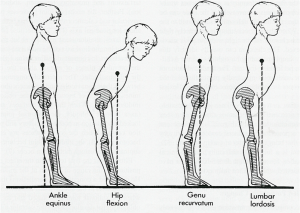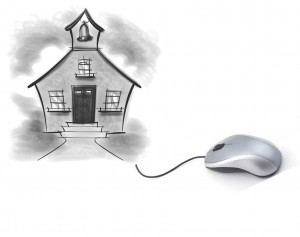 Nina Johanson[/caption]
Nina Johanson[/caption]
We are thrilled to offer this dynamic pediatric feeding course, presented by Nina Ayd Johanson a highly regarded clinician and renowned teacher.
This course teaches a step-by-step approach for helping children learn to explore food, enjoy eating, and participate independently in social mealtimes. The AEIOU approach – acceptance, exposure, independence, observation and understanding – offers a new and highly successful method for integrated treatment of infants and young children with challenging feeding disorders using sensory, oral motor, biomedical and environmental strategies. Five factors in this holistic approach emphasize active participation, independence and shared control. This course will arm participants with knowledge and practical information to achieve functional outcomes for complex etiologies, improve quality of mealtime, manage tube dependency and transition to eating solid foods, treat sensory aversions, improve oral-motor skills, achieve home carryover, and more. This course is presented in a dynamic learning environment, using case studies and videos to engage and instruct participants. Extensive resources are provided. Many special populations are discussed including: prematurity, GERD, allergies, autism, failure to thrive, tracheostomy, picky eaters, and children with various syndromes.
Courses coming up:
March 27-28, 2105 – Las Vegas, NV
September 26-27, 2105 – Hartford, CT
October 23-24, 2015 – Edison, NJ
December 11-12, 2015 – Lafayette, LA
Please click here for course information, to download a brochure or to register
What others are saying:
I learned so many applicable treatment and evaluation strategies that I am excited to implement in practice…..Brittany, OT
This was a wonderful educational course. I like the way this approach addresses the “Whole” Child and family, and not just a symptom. Nina was an engaging presenter and very capable of sharing her knowledge and experience in an easy to understand way. I would recommend this course for all clinicians who work with children with feeding disorders. – Jordan, SLP
Fantastic feeding course – it really focuses on treating the whole child and family dynamics, whilst respecting both and moving at an appropriate pace….. picked up some tips on sucking, drinking, chewing and messy mealtimes. Thanks Nina – Rachel – dietician
]]>


